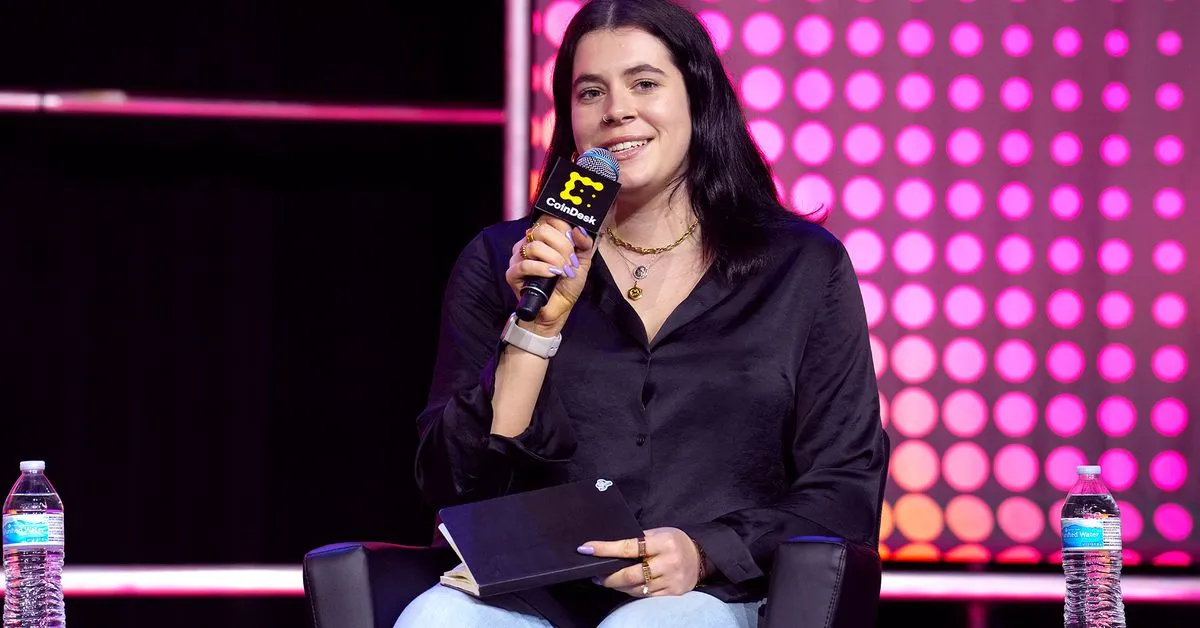The term decentralization theater emerged in the early days of decentralized finance (DeFi) to describe projects that appear more decentralized than they actually are. An example of this is when a DeFi protocol establishes a non-profit foundation to hold its native tokens, write governance proposals, and advise the project. This can be confusing for users and regulators alike.
This issue was highlighted in April when the community behind the Ethereum layer 2 network Arbitrum accused the Arbitrum Foundation of fudging its first governance vote with $1 billion worth of ARB tokens on the line. The foundation had already moved the tokens into its coffers, making the vote to ratify the move retroactive permission. The vote was ultimately scrapped and the foundation vowed to change its ways.
At Consensus 2023, it was discussed how bending decentralization to satisfy particular interests can compromise Web3’s ethos and objective. Several speakers emphasized the importance of building truly decentralized protocols and projects, and what it means for the development of Web3 ecosystems down the line.
Kyle Rojas, global business development and partnerships lead at Edge & Node, the company behind The Graph protocol, said, “What people can do is not just talk about this space, but actually participate in it. In Web2, there’s a client-server relationship where whoever owns the server owns the data, everything, and controls everything. The only way to disrupt that model is to actually use Web3 technology in building Web3 products.”
